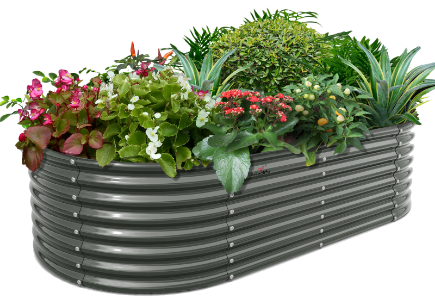Sustainable Soil: How to Build and Maintain Healthy Soil for Eco-Friendly Gardening
Body
Creating a thriving garden is not just about planting seeds; it begins with understanding the importance of healthy soil. Healthy soil is the foundation of any successful garden and is essential for eco-friendly gardening practices. In this article, we will explore how to build and maintain sustainable soil that is good for eco-friendly gardening.

Understanding the Importance of Healthy Soil
Soil is a living ecosystem, teeming with microorganisms, nutrients, and organic matter. But what makes soil healthy? Healthy soil has a balanced pH, adequate nutrients, and a rich diversity of organisms. These elements work together to support plant growth and resilience. Without healthy soil, plants struggle to thrive, making it crucial for gardeners to prioritize soil health.
Key Components of Healthy Soil
- Organic Matter: Adding compost or well-rotted manure enriches the soil, improving its structure and nutrient content.
- Microbial Life: Beneficial bacteria and fungi help decompose organic matter, releasing nutrients that plants can absorb.
- Soil Structure: Good soil structure allows for proper drainage and aeration, which are vital for root health.
- pH Balance: Testing and adjusting soil pH ensures that plants can access the nutrients they need.
Building Healthy Soil for Eco-Friendly Gardening
How can you build healthy soil? The process involves several steps that contribute to a sustainable gardening practice. First, consider incorporating cover crops into your gardening routine. These plants help prevent soil erosion, improve soil structure, and add nutrients back into the soil when tilled under.
Additionally, practicing crop rotation can enhance soil health. By rotating different types of crops, you can prevent nutrient depletion and reduce pest and disease buildup. This method is particularly good for eco-friendly gardening, as it promotes biodiversity and soil resilience.
Maintaining Soil Health
Once you have established healthy soil, maintaining it is equally important. Regularly adding organic matter, such as compost, can replenish nutrients and improve soil structure. Furthermore, minimizing soil disturbance through no-till gardening practices helps preserve the delicate balance of soil organisms.
Are you aware of the benefits of mulching? Applying a layer of organic mulch can help retain moisture, suppress weeds, and gradually add nutrients to the soil as it decomposes. This practice is not only beneficial for your plants but is also good for eco-friendly gardening by reducing the need for chemical fertilizers.
Tools and Resources for Eco-Friendly Gardening
Investing in the right tools can significantly enhance your gardening experience. For instance, using  can provide a durable and sustainable option for planting. These garden beds not only look great but also help in maintaining soil health by providing excellent drainage and preventing soil compaction.
can provide a durable and sustainable option for planting. These garden beds not only look great but also help in maintaining soil health by providing excellent drainage and preventing soil compaction.
Conclusion
In conclusion, building and maintaining healthy soil is a fundamental aspect of eco-friendly gardening. By understanding the components of healthy soil, implementing sustainable practices, and utilizing the right tools, you can create a thriving garden that is good for eco-friendly gardening. Remember, the health of your garden starts from the ground up!






Comments